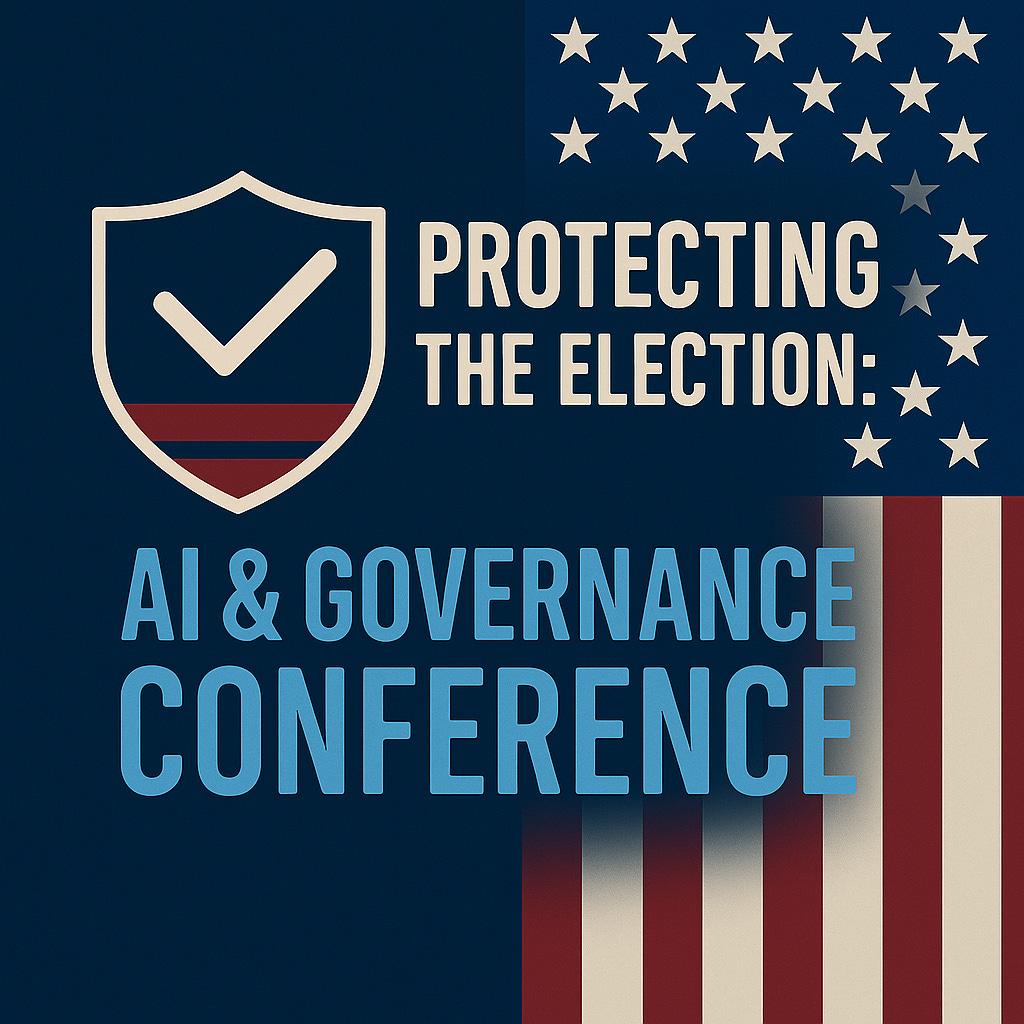Can AI Improve Election Administration?
Excerpts from my recent conversation with Matt Masterson
Last week I had a chance to talk elections with Matt Masterson. You can stream the conversation or listen to the podcast.
If you don’t know Matt, he is an experienced leader focused on the intersection of technology and democracy, currently serving as Senior Director, Elections and Societal Resilience, at Microsoft after a marked career in government service. Previously, Matt served as Nonresident Fellow at the Stanford Internet Observatory, Senior Cybersecurity Advisor for the Cybersecurity and Infrastructure Security Agency (CISA), part of the U.S. Department of Homeland Security. Prior to that, Matt served as Commissioner of the U.S. Election Assistance Commission (EAC). Before the EAC, he was Deputy Chief of Staff / Chief Information Officer for the Ohio Secretary of State's Office, and Deputy Director of the Testing and Certification Division of the U.S. EAC.
In just a few weeks, Betsy Sinclair and I are hosting a conference at WashU on AI & Governance. Matt’s going to be on one our panels, and I talked to him about what benefits he believes that artificial intelligence brings to election administration and where AI can have a positive impact without creating additional risks.
Matt talked about four specific areas where he sees AI as producing immediate efficiencies in state & local election offices throughout the nation:
Create social media calendars and posts.
Create communications guides.
Improve training materials.
Improve the literacy of election materials.
Matt also point out that these are all areas where AI can help staff in election offices be more productive. In other words, these are all human-in-the-loop aspects of election workflows, where AI is a tool that produces efficiencies.
But I pressed Matt a bit and asked him where does he think that AI can be truly transformational for election administration?
His response was really interesting, in that he pushed back a bit and reminded me that use cases like the four above are transformational for small and mid-sized election jurisdictions, those sorts of election offices that have just a few staff. In those jurisdictions, any efficiencies are transformational — freeing up staff time, especially in the lead up to an important election, in incredibly valuable in those jurisdictions. Staff who spend less time on informational materials or social media posts, for example, can spend more time proofing ballots and doing mission-critical work in high-stakes elections. Great point, Matt!
But Matt did mention two more transformative uses of AI for election administration.
The first, which we discussed at length, is using AI to assign resources. This is a longstanding problem for election officials: how many precincts do you need on election day? Where should they be located? How many people should staff each location? How many voting machines do you need a teach location?
The resource allocation problem has become more pressing with the increasing use of in-person voting prior to election day. How should you resource a particular location on the first day of early voting? Should resources be shifted later during the early voting period as you learn more about demand for voting services at a particular location?
Election officials have a remarkable amount of data from previous election cycles about resource allocation and use which can be to establish a baseline resource allocation model. Then as data starts to be generated about demand in the current election, that information can update the AI’s model for resource allocation, helping to shift resources in near real time. Keeping a human in the loop at all times can help provide additional qualitative insight into updating the allocation of resources in real time.
That’s an idea worth testing and developing.
Relatedly, AI systems can be used to sift through large volumes of data that are generated in each election, to spot problems and help develop solutions. For example, ballot scanners located in precincts retain system logs detailing their operations during an election. These logs can be analyzed in various ways by AI — to develop better resource allocation methods by analyzing use patterns throughout election day or the election period, or by analysis of anomalies to spot potential periods when the system might not have been functioning correctly. The election management systems that tabulate results, or which maintain the jurisdiction’s voter list, also produce system logs, and those can be analyzed by AI for similar intelligence.
Another application that is worth testing and developing.
There was quite a bit more that I learned in my conversation with Matt. I encourage you to listen or watch (links are at the top of this post). We’ll be having our conference on AI & Governance at WashU in just three weeks — we’ll be discussing AI use cases like these at the conference. If you can’t make it to WashU, we’ll be recording the conference!


